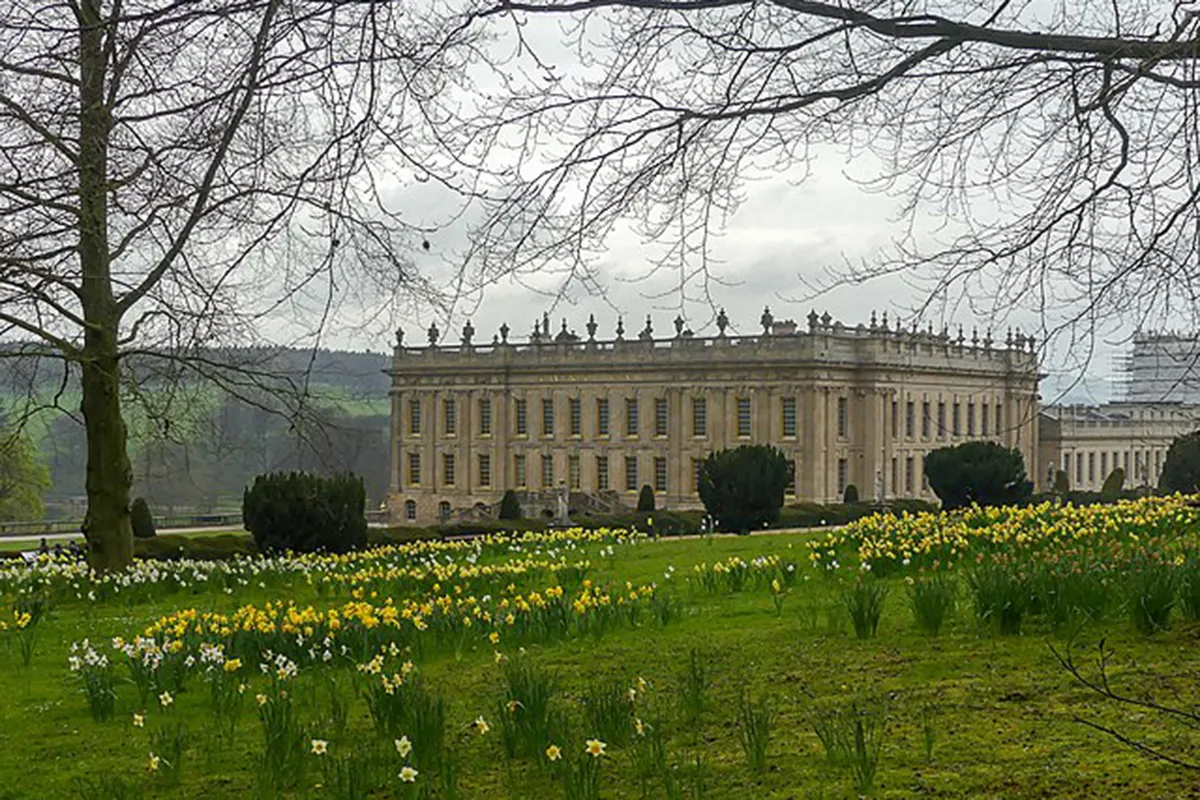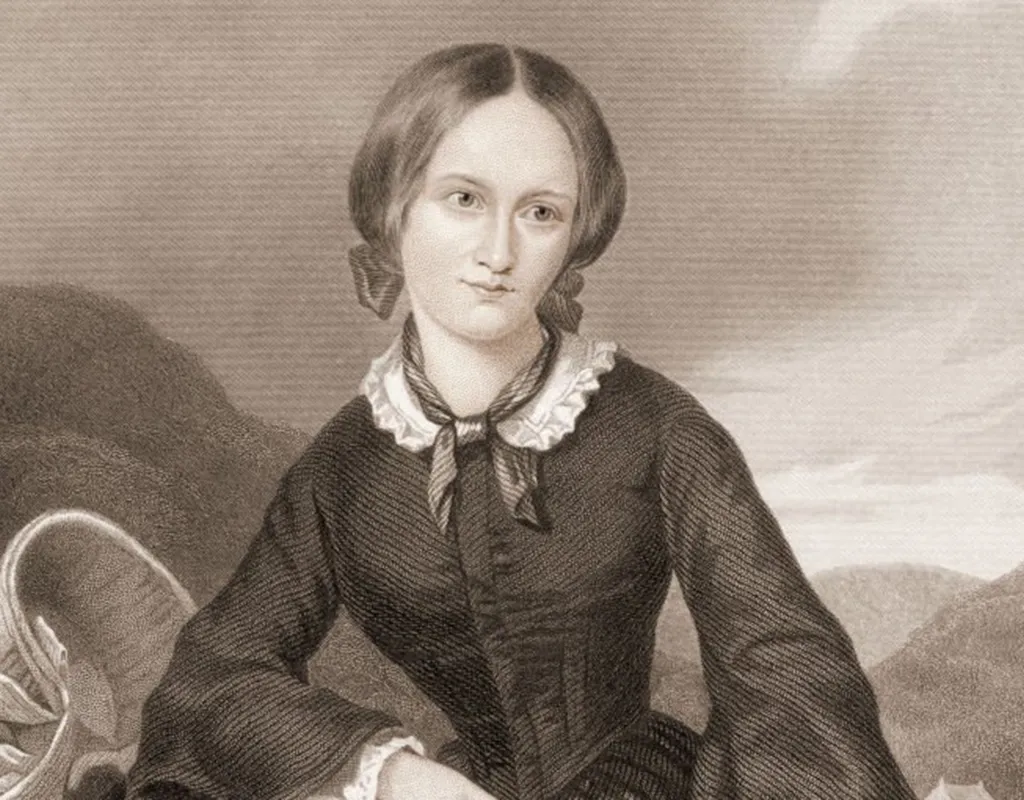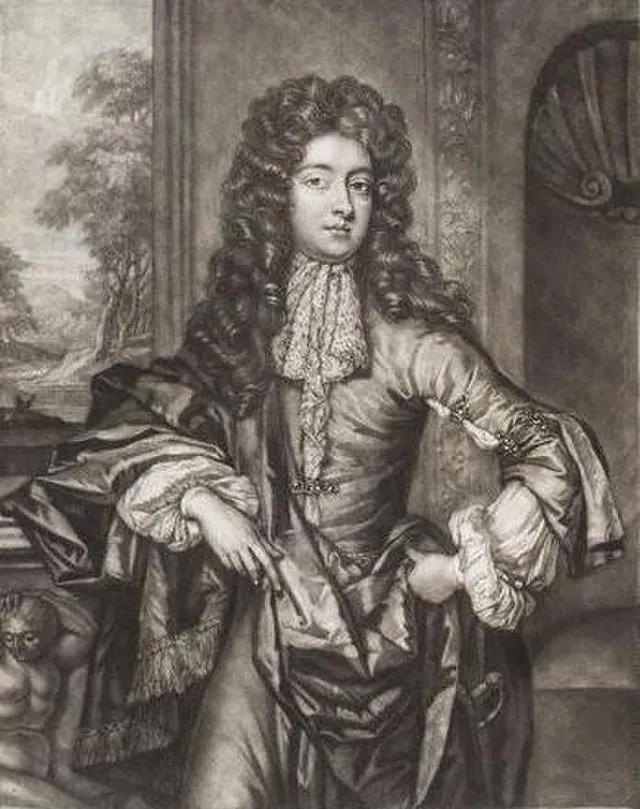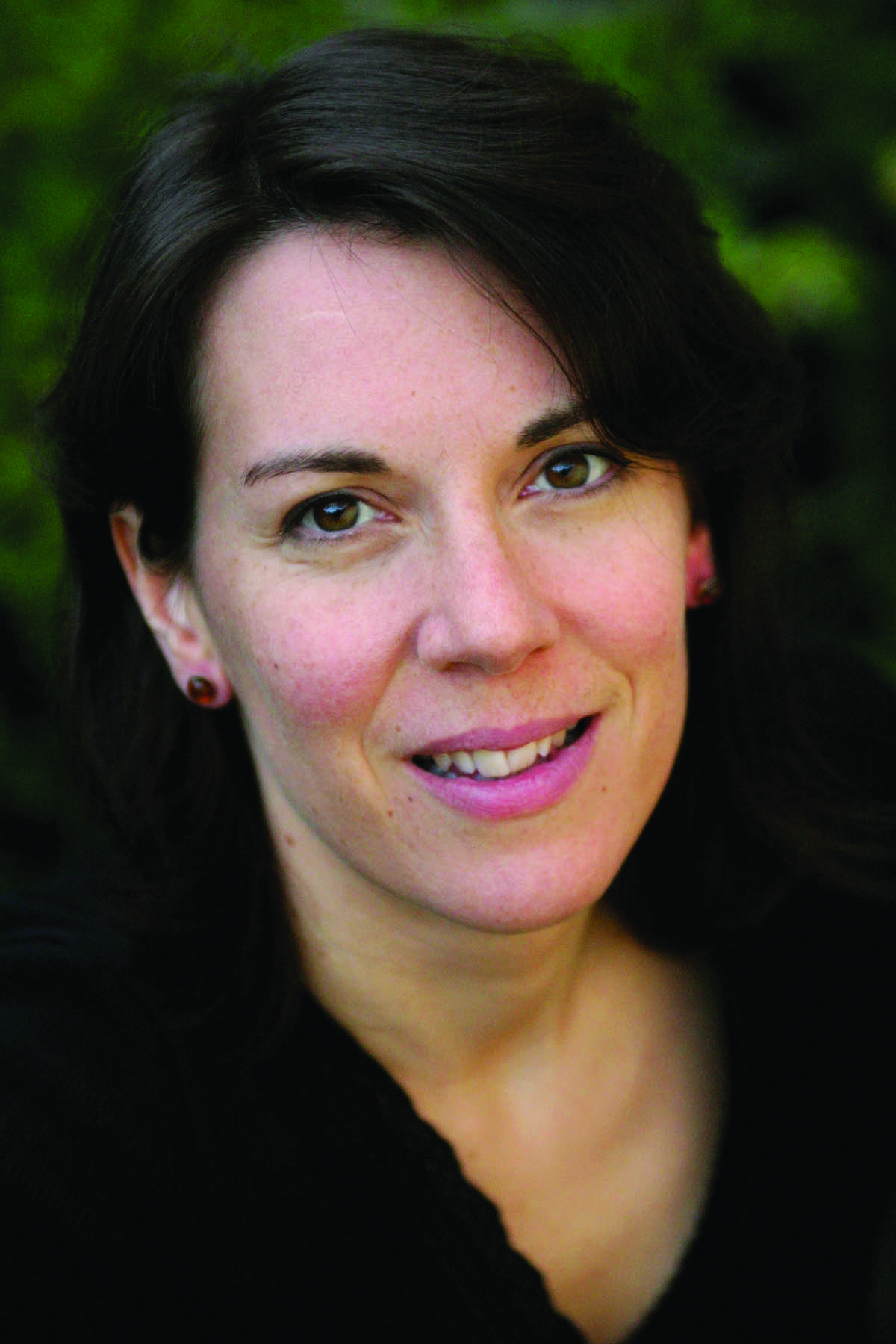After finding a link to royalty, the Holy Grail for any family historian is to take their family tree beyond the introduction of most family history records in the 19th century or even beyond the introduction of parish registers in 1538. It’s a tall order, but Margaret Smith has achieved both – and more. Along the way she’s uncovered intriguing literary connections, more wealthy families than you can shake a stick at, and a royal mistress.
Margaret, who lives in Whittlesey, Cambridgeshire, explains that she started researching her family tree, known as Pegg or Pegge, in 1968. “My initial interest was sparked by my father’s pride in his Pegge line based on family stories about how we were once very wealthy and owned lots of land.” She began a career in local studies and archival research the same year, based at Derby Borough Libraries, qualifying at Loughborough University and returning to Derby to head up the Local Studies and Archive service.
“Derby Borough Libraries’ Local Studies Collection was willed a very large collection of archival and manuscript materials from Chatsworth House, by the then Duke of Devonshire. It was further enhanced in the 1960s by a very enthusiastic chief librarian, who researched and developed an extensive Derbyshire family names collection. The collection included family papers from the Pegge family. So in my spare time, I was able to research my own tree.”

The starting point for Margaret’s research was her great grandfather, Joseph Samuel Pegge (1856–1939), and his wife Annie, and several great uncles and aunts, all of whom lived near Normanton where Margaret’s father’s family lived.
Fifty-five years later, the Pegge line she has uncovered is very extensive and does indeed include several landed Derbyshire families. In total there are 1,959 Pegge relations on her tree.
Margaret researched the Pegge family using standard family history records such as birth, marriage and death records, census records and parish registers.
“More recently,” she says, “I discovered British History Online (BHO), a vast digital archive of more complex and not commonly available records, from the 12th century onwards.”
Much of the Pegges’ wealth and standing seem to have come from their associations with other high-ranking families in the area.
Among her ancestors, Margaret discovered Christopher Pegge (1565–1627), her 10x great grandfather, born in Shirley, South Derbyshire. He married a Jane Eyre of Hassop Hall, Bakewell, Derbyshire. The Eyres were probably the most influential family in the county at one time. They originally came over from Normandy with William the Conqueror, and settled in Hope in Derbyshire. Robert le Eyre was made hereditary warden of the Royal Forests in the area, and by the medieval period his descendants were lords of various local manors. The family seat was at Highlow Hall in Hathersage, and in Tudor times Sir Robert Eyre built seven more halls for his sons – one of which, North Lees Hall, is said to have been used by Charlotte Brontë as the model for Thornfield in Jane Eyre (1847). The author perhaps also used one of the historical Jane’s descendants as the inspiration for her novel. Jane’s father Rowland, whose will Margaret found at TNA, made a fortune from the lead ore on the Hassop estate, and built a new hall in 1610.

One of Christopher and Jane’s sons Thomas Pegge (1604–1680), born in Yeldersley in Derbyshire, married into another of the wealthiest families in the county when he wed Catherine Kniveton in 1630. Her grandfather was Sir William Kniveton, the 1st Baronet of Mercaston. The family seat was the hall of the same name, and the Knivetons had owned the estate since the 14th century. From sources including BHO and The Gentleman’s Magazine, Margaret discovered that Thomas had been a Civil War Royalist who fought under Colonel General Henry Hastings, 1st Baron Loughborough. Thomas and his family were captured during the war and exiled to Holland along with Charles II when the king’s forces were defeated.
This is where perhaps the most exciting chapter of Margaret’s family history begins. It was during their time in the Netherlands that Thomas and Catherine’s 21-year-old daughter, who was also named Catherine (1635–1678), began a long-standing affair with the king, and she is now remembered as his first official mistress. She bore him two children: Charles and Catherine FitzCharles.
Catherine junior is thought to have entered a nunnery, while her brother married Bridget Osborne, the third daughter of Thomas Osbourne, 1st Duke of Leeds and lord high treasurer, in 1678. Sadly he died of dysentery aged 23 in Tangier while serving with the Army. An article published in The Gentleman’s Magazine in June 1796 tells how his body was repatriated and buried in Westminster Abbey.

“Neither of Catherine’s children with Charles II had any offspring, so I can’t claim to be related to royalty,” laughs Margaret.
The earliest Pegge ancestor Margaret has managed to document is John Pegge, her 12x great grandfather, who died in 1533. “His five sons owned land and property mainly within South Derbyshire, and the records exist from that ownership.”
Margaret’s research has even taken her ancestry back to ancient times. “Via the high-standing families the Derbyshire Pegges married into, especially the Eyres, I’ve been able to take my tree back a lot further than 1480 and this leads onto ancient DNA connections,” says Margaret. She is involved in a DNA research project, and helps to manage its Facebook group.
“Several years ago, research began to investigate how ancient DNA could be used to make links forward to Y-DNA from living people. Many male Pegges submitted their DNA results to the project, and two years ago the private Facebook Group ‘Peak Gene’ was set up to bring together people with Pegge and related surnames to enable more specific research.”
One of the group’s members is Yacine Kemouche, who is both a keen genealogist and a professor of physics, chemistry and mathematics. Genetically, his Moroccan line connects a long way back to many of the Derbyshire names on Margaret’s tree. He has also uncovered connections between specific Derbyshire surnames including Pegg(e) and the Berbers, and possibly other tribes, of North Africa. The working hypothesis is that the Romans brought slaves and soldiers from North Africa to Britain. When the Romans discovered lead in Derbyshire, they established mines and settled in the area. “There is evidence of living Pegge and other names being directly connected with the ancient DNA through the specific Derbyshire gene FT273203.”
When asked to sum up her research experience, Margaret says, “I have a great deal of pride that I come from such an interesting family. The most frustrating aspect is not being able to make a provable link beyond my 12x great grandfather John Pegge. We all believe it’s there, but we’ve just not found it yet!”
